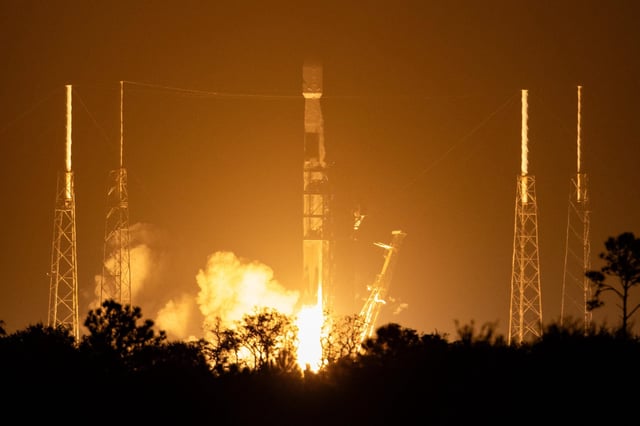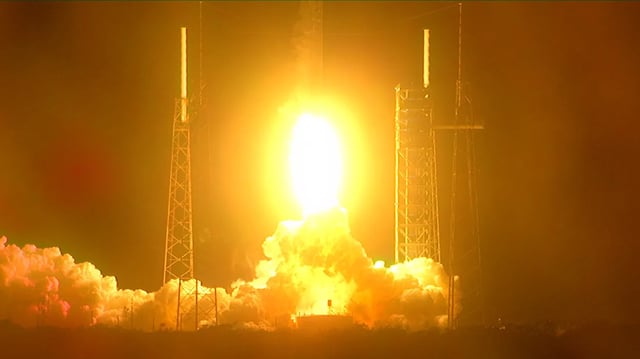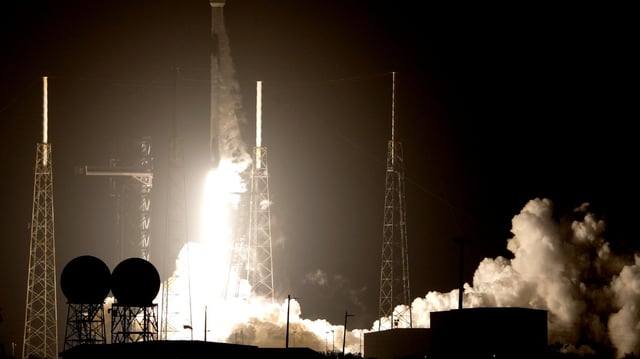Overview
- NASA's PACE satellite, launched aboard a SpaceX Falcon 9 rocket, aims to study Earth's oceans and atmosphere in unprecedented detail.
- The mission will focus on the interactions between plankton, aerosols, clouds, and the ocean ecosystem, enhancing our understanding of climate change.
- PACE's advanced instruments will observe the Earth in 200 colors, compared to the 7 or 8 colors seen by current satellites, allowing for detailed study of phytoplankton and atmospheric particles.
- The satellite's data will improve weather forecasting, track harmful algal blooms, and contribute to climate research, with initial data expected in one to two months.
- Despite previous attempts by the Trump administration to cancel the project, PACE was successfully launched, marking a significant step forward in Earth observation and climate science.



